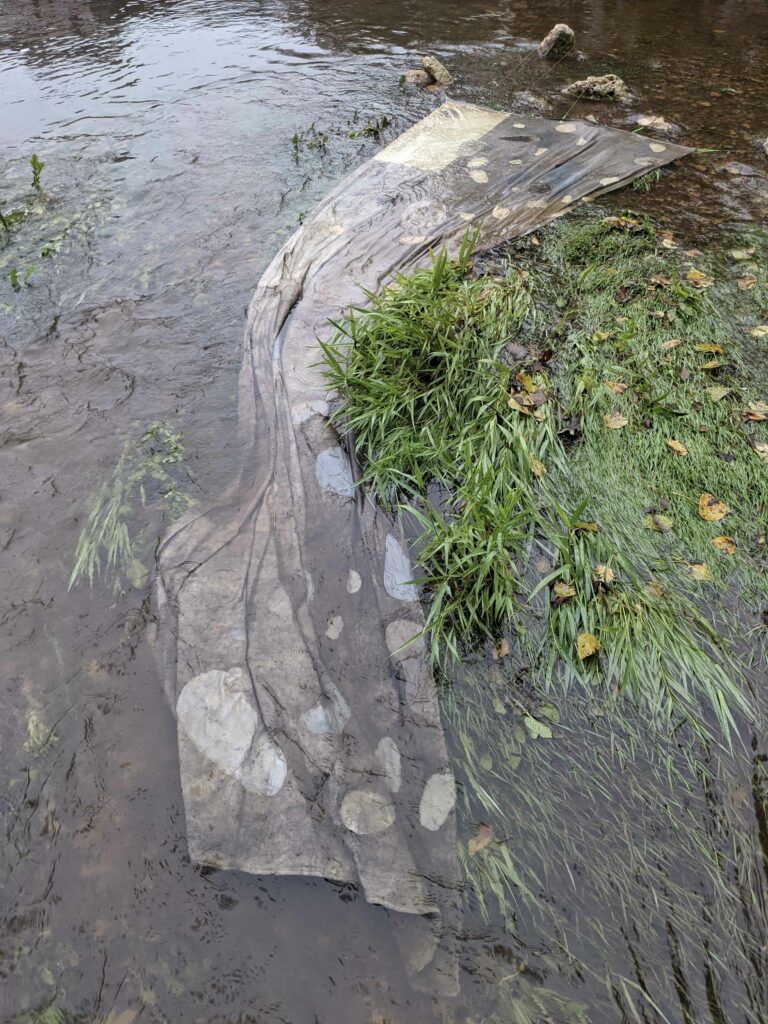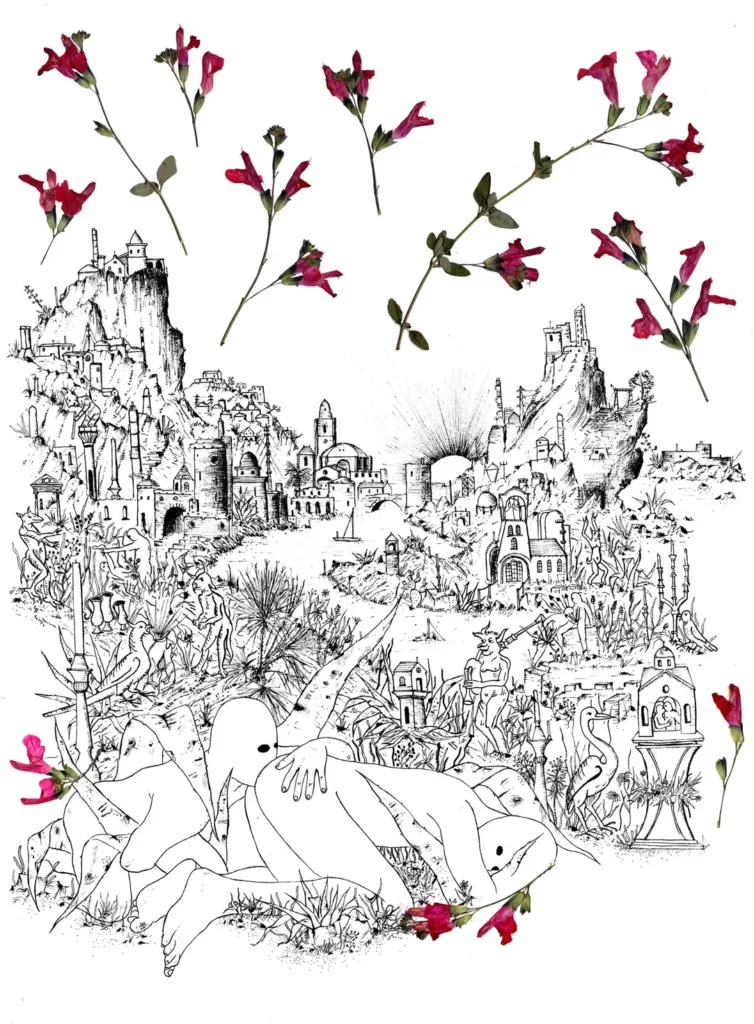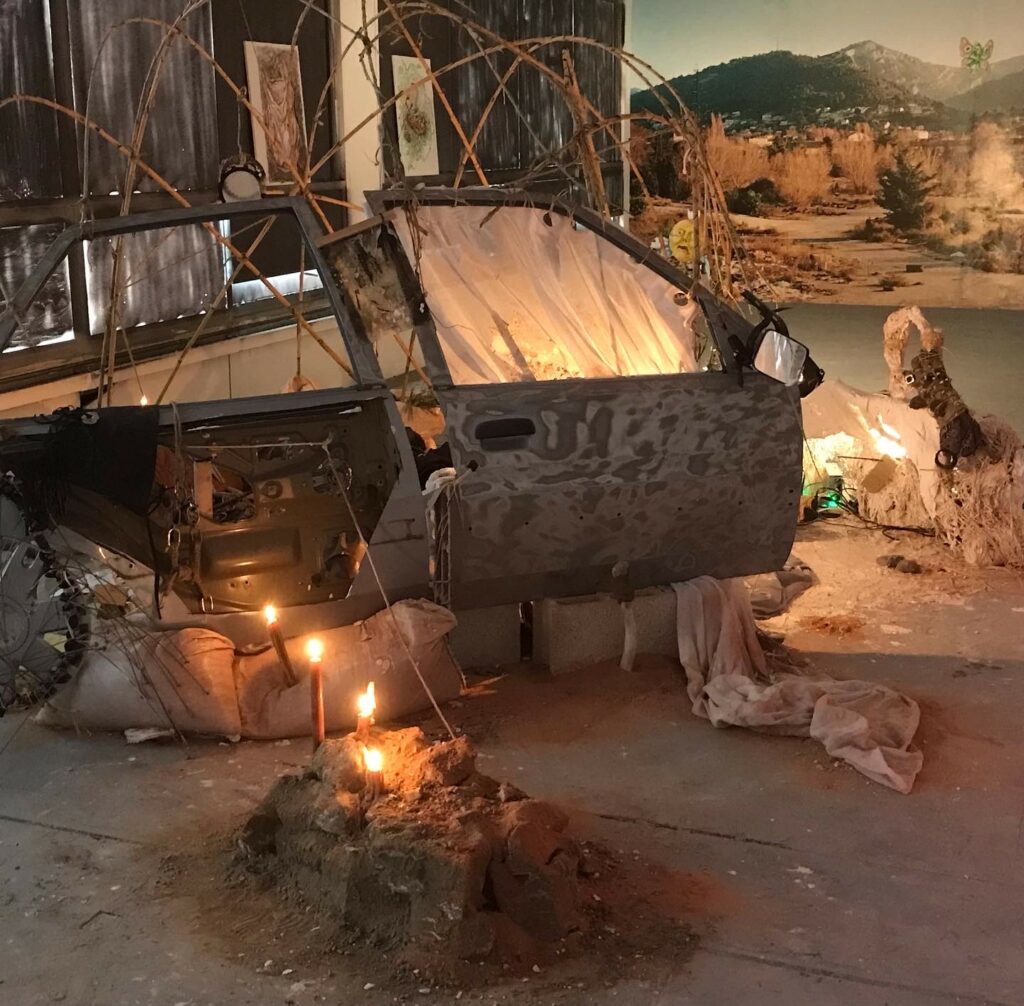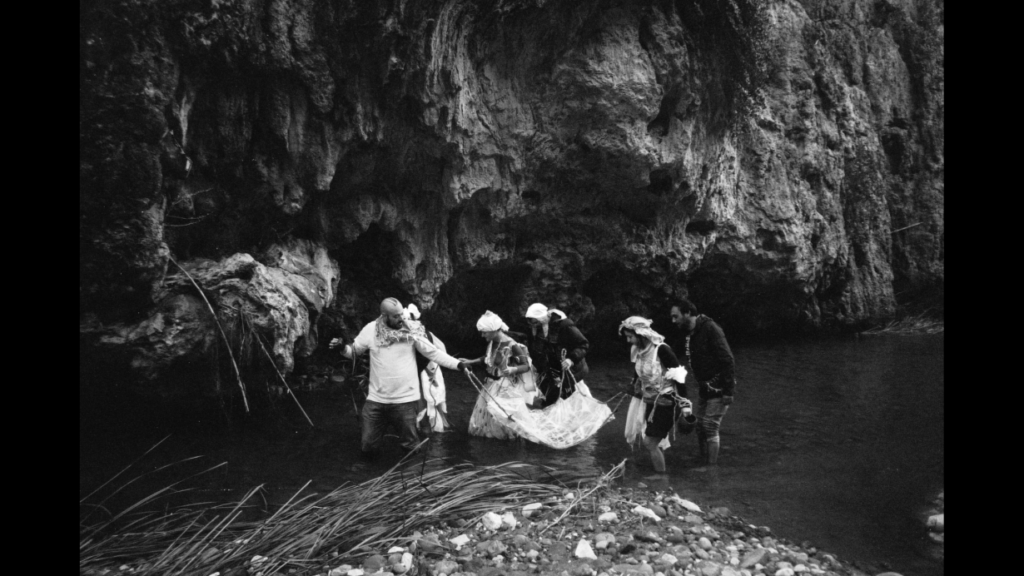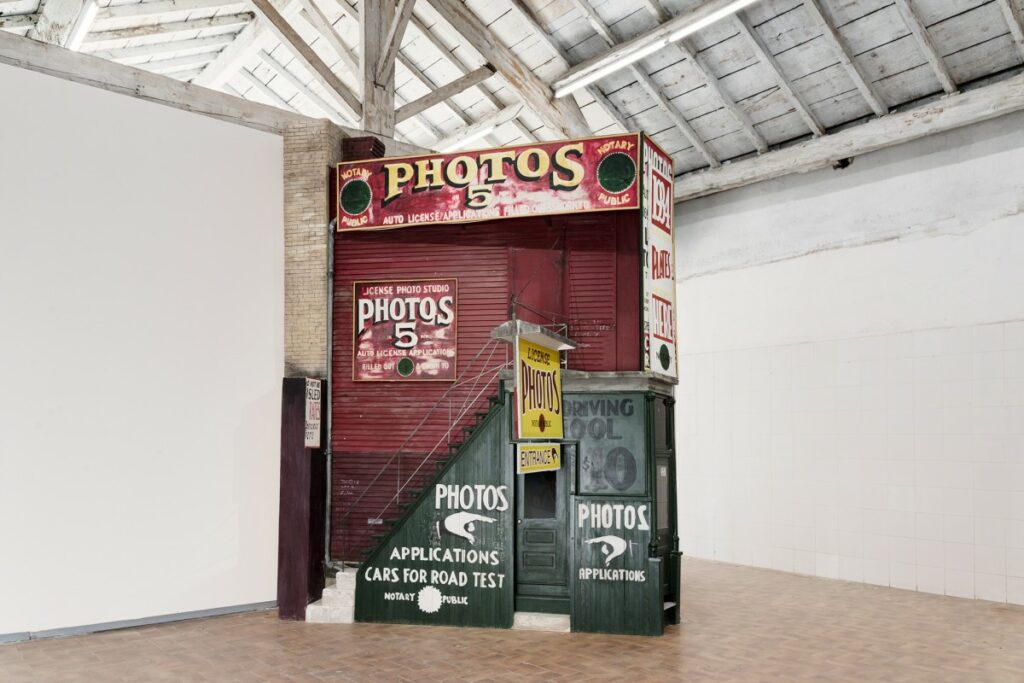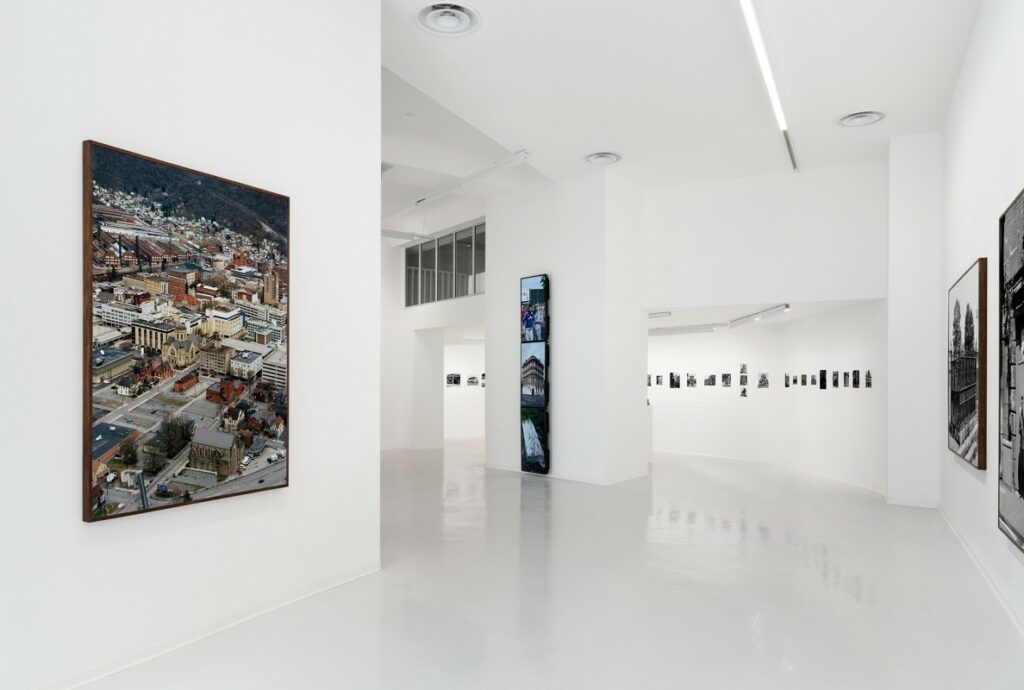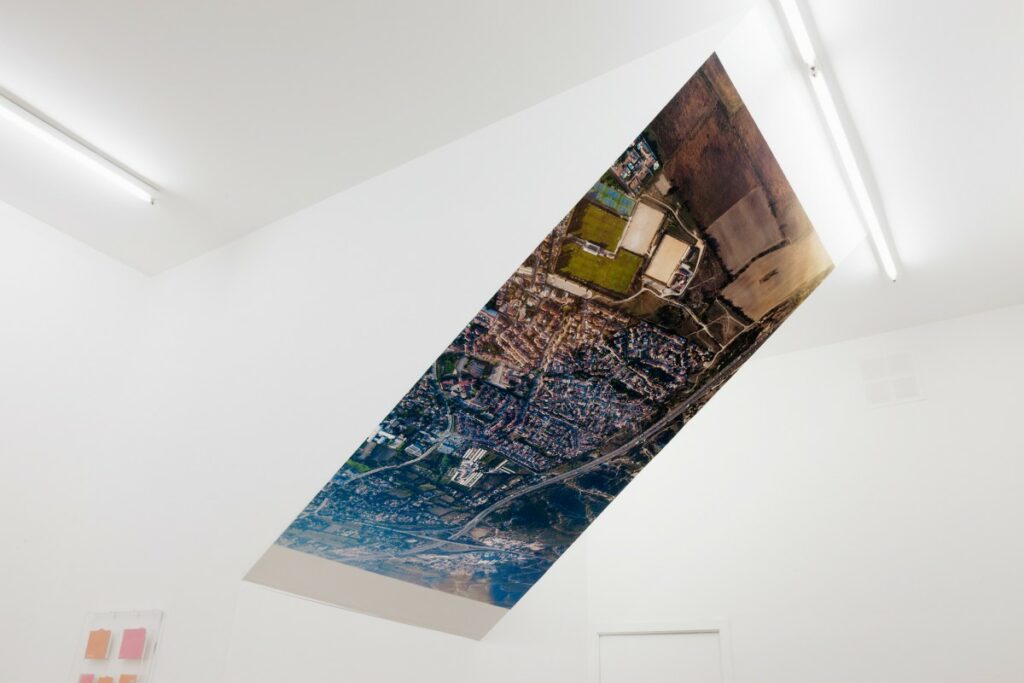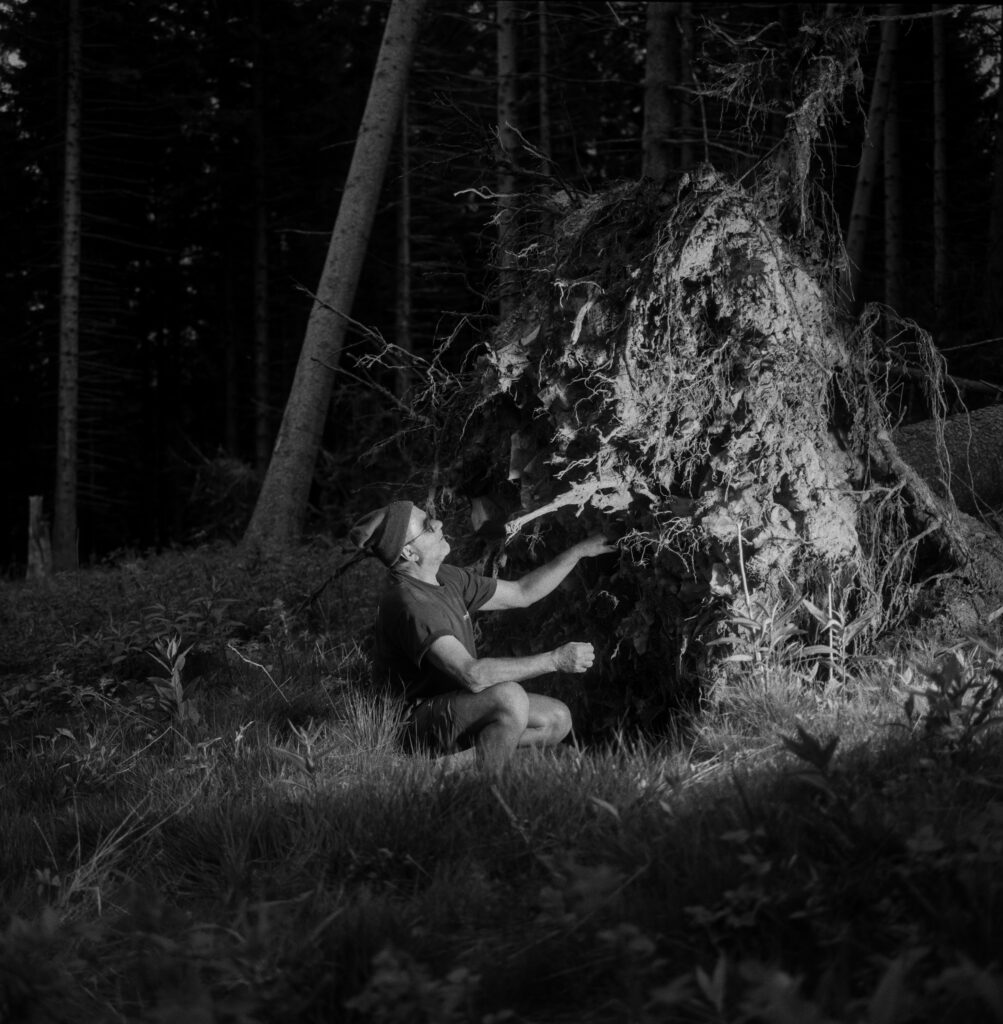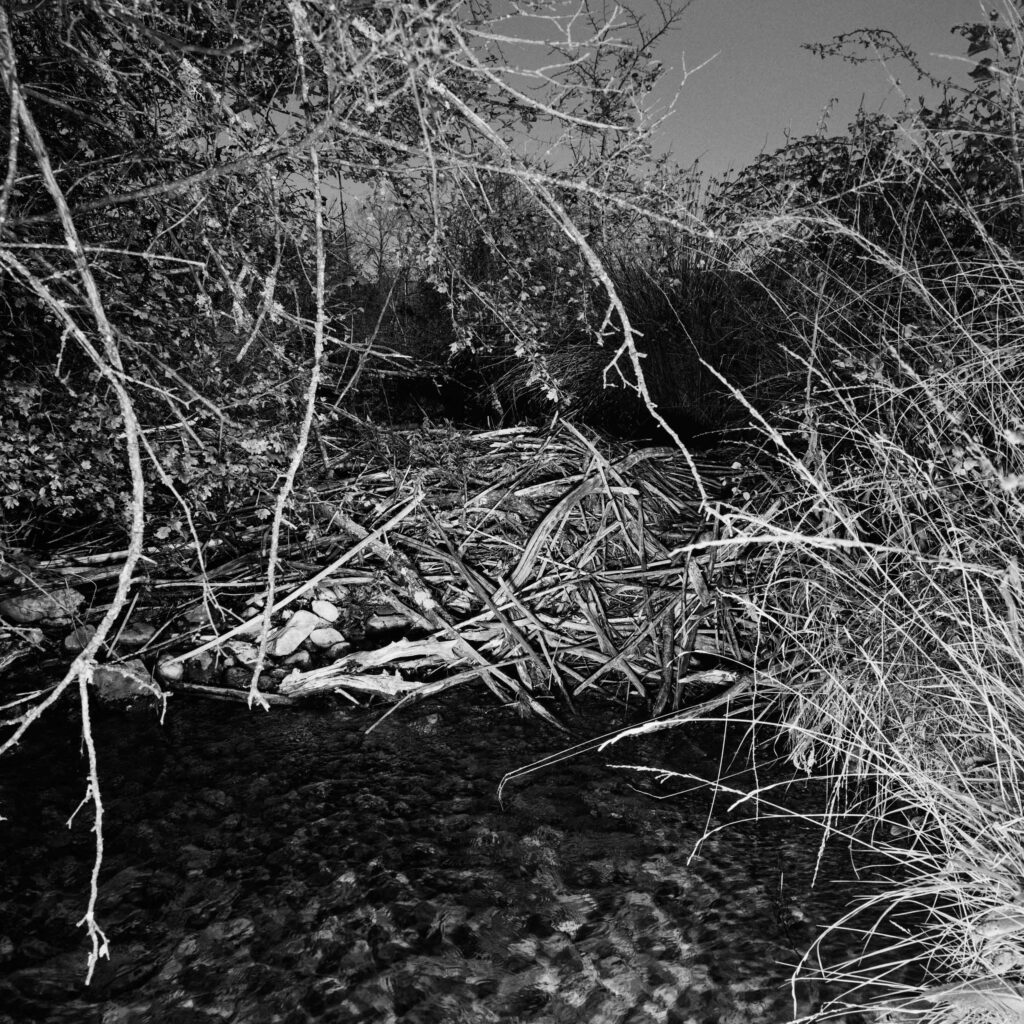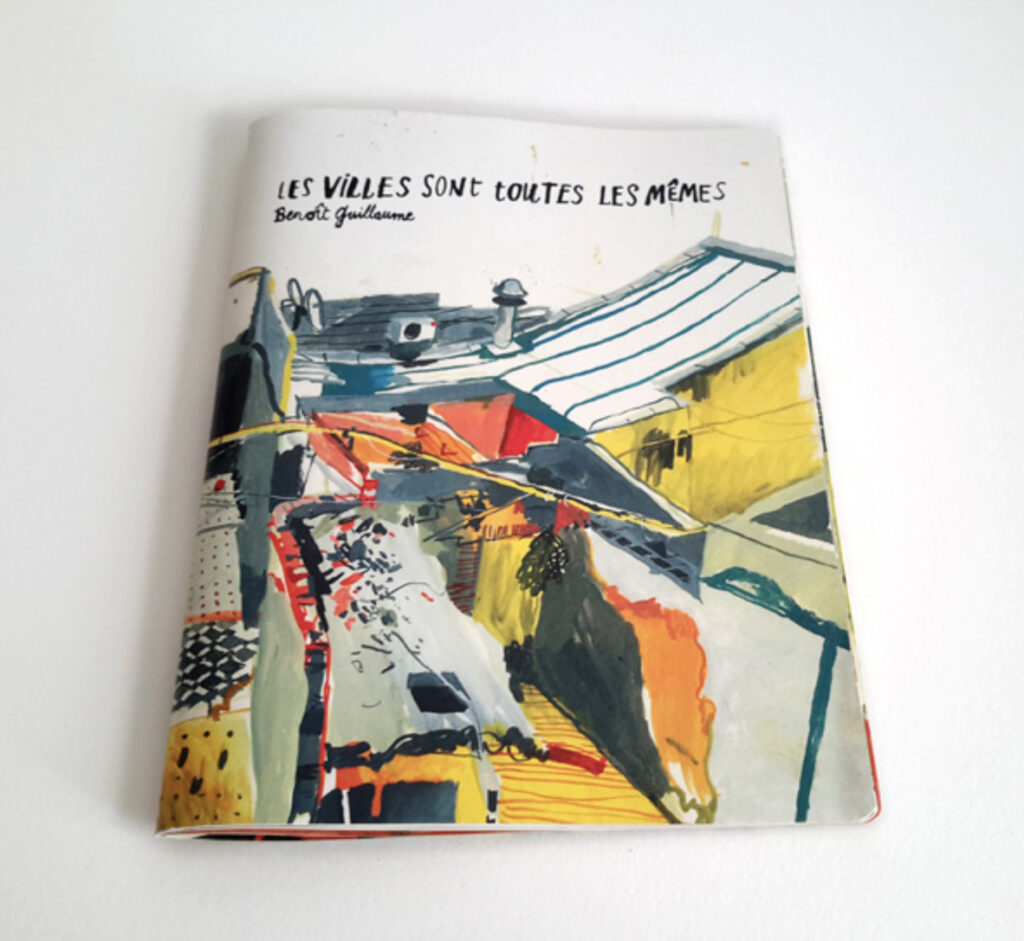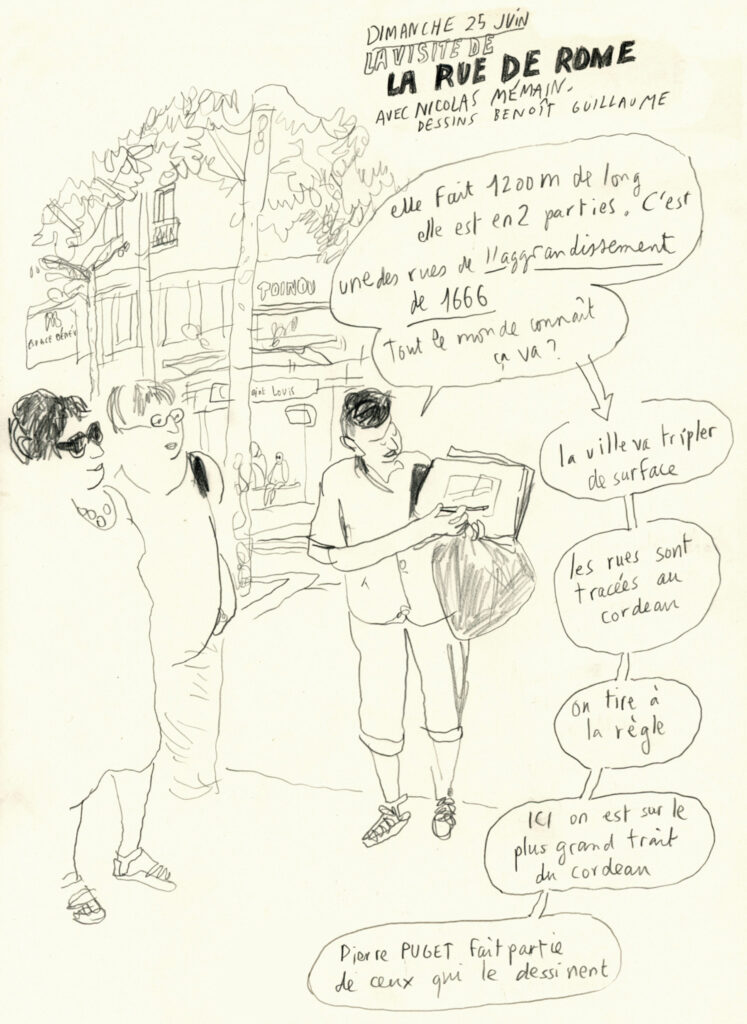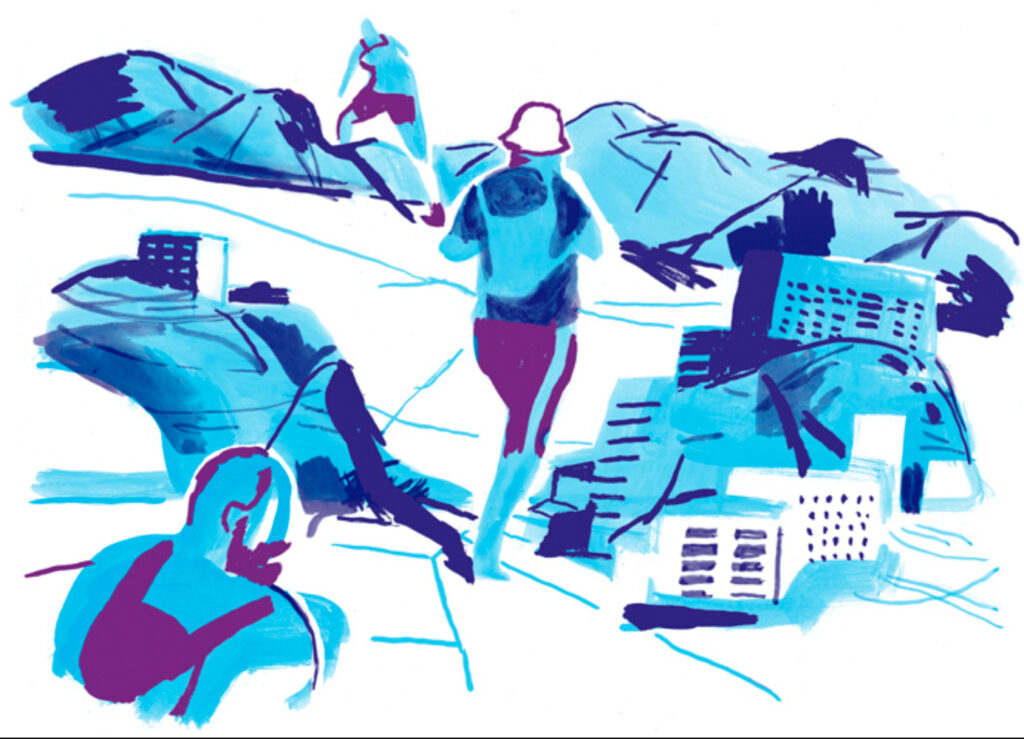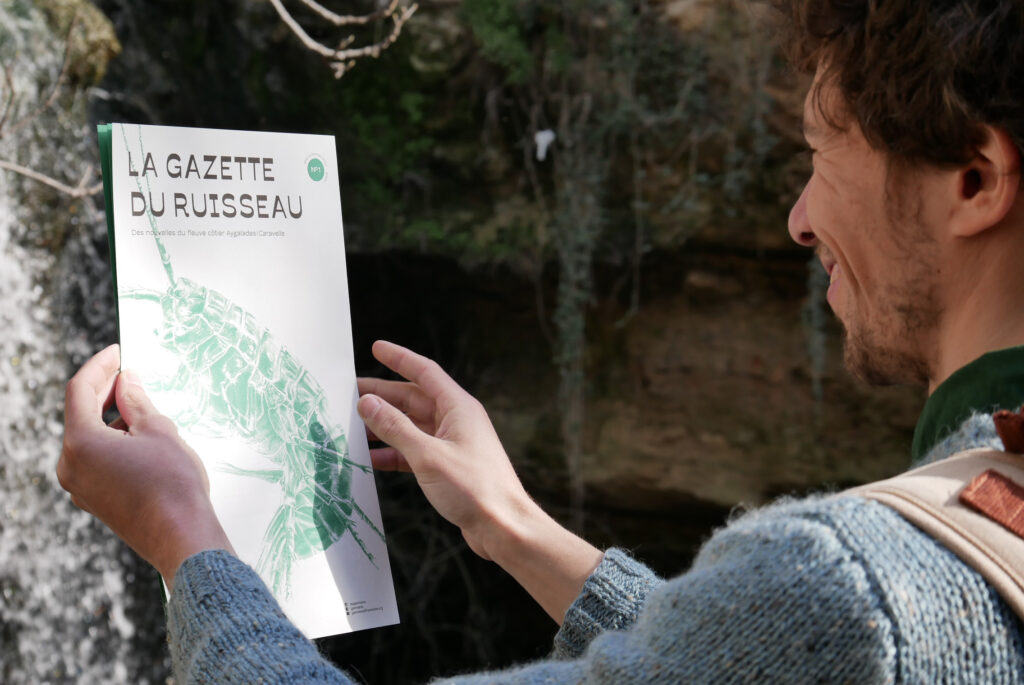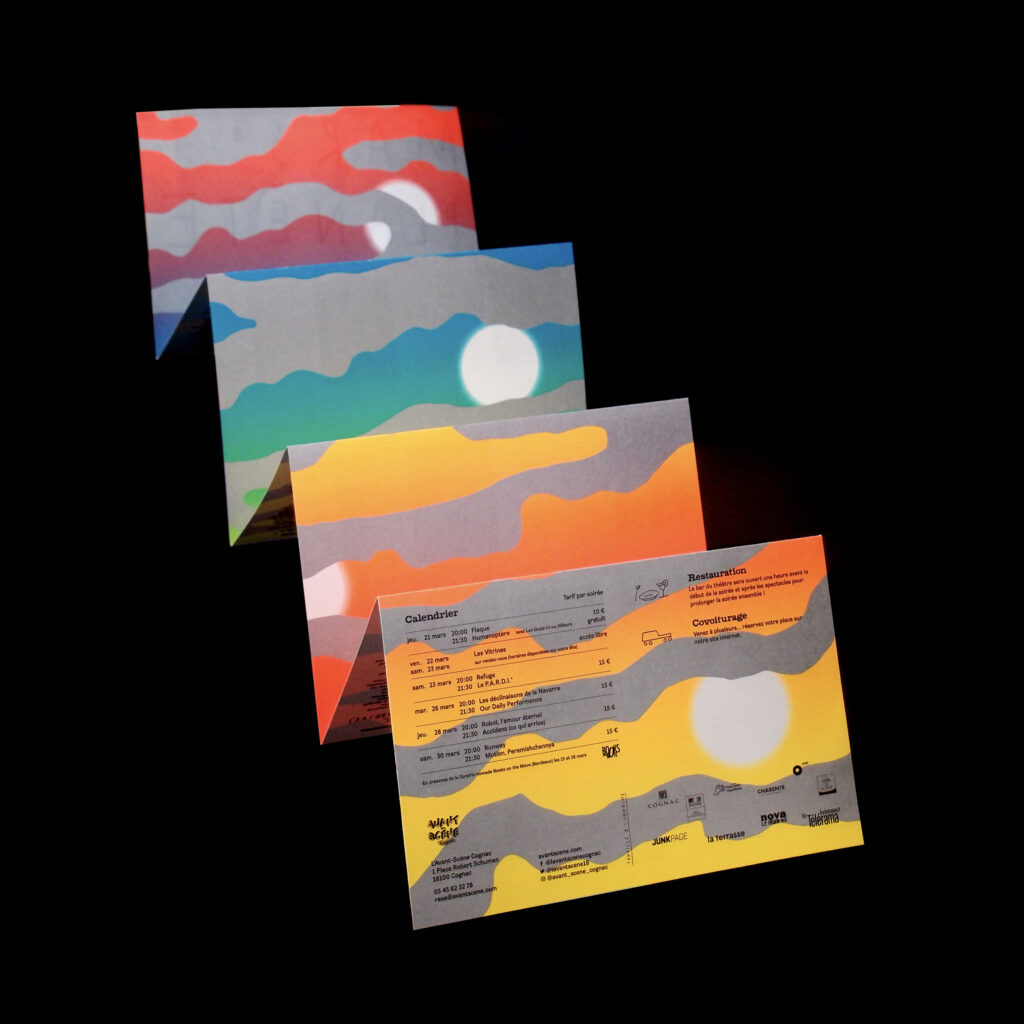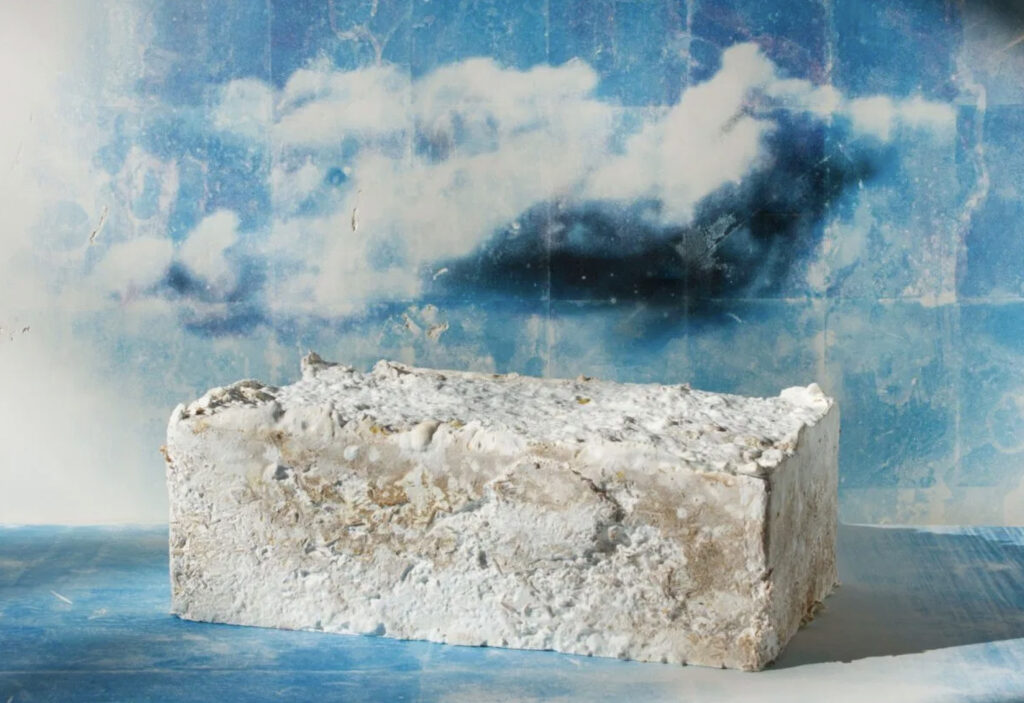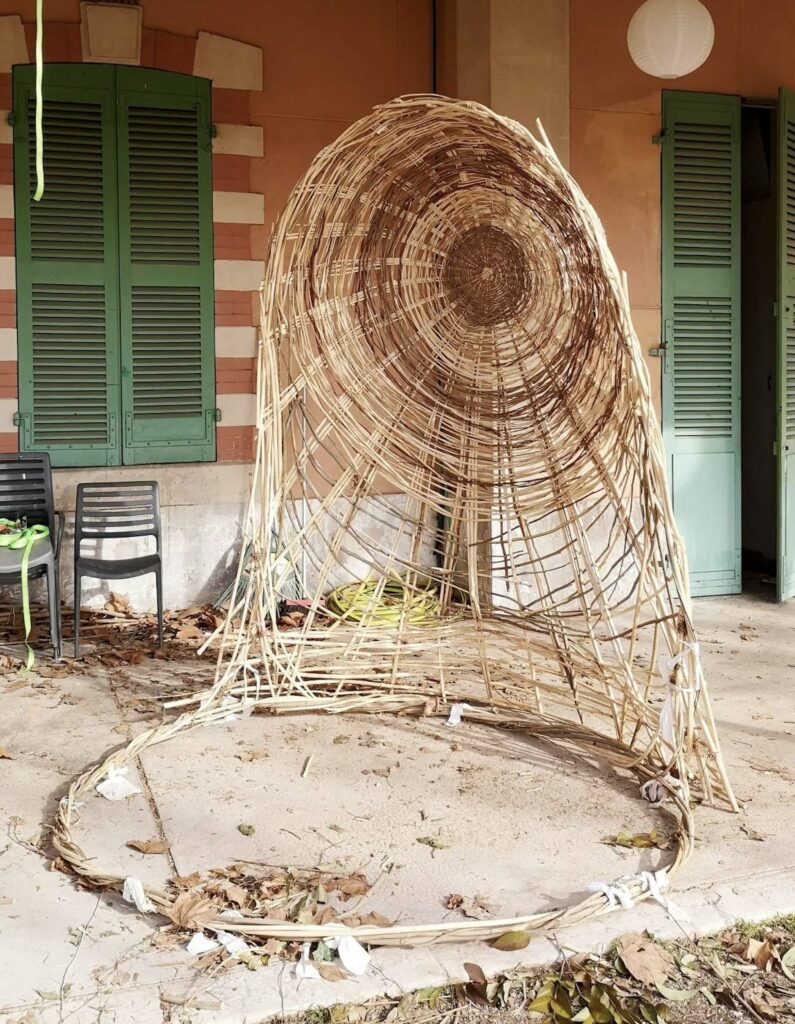“I work in and with the landscape. Real landscapes in which I wander and bivouac. Landscapes fantasized through the stories of Science-Fiction and Fantasy. During these walks, I glean the forms, sensations and materials that make up my sculptural and performative practice. The know-how of ceramics or vegetable dyes allow me to raise awareness of the economy of my body in a landscape and to register myself in a genealogy of gestures. Most often, each piece is thought out as an encounter with a place and its inhabitants (who are not necessarily human). At the moment, I live in Marseille so I forge links with the Provençal hinterland. I fantasize “Nature” as a welcoming margin where I can become indefinite in a porous future. I try to share these experiences by arranging collective spaces where we can imagine new ways of living and doing. »
